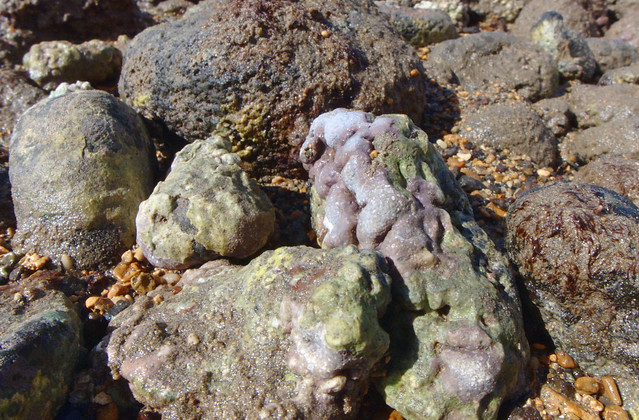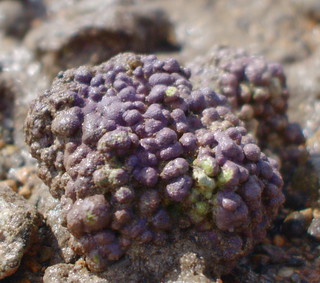
There is a fringe of surf that runs a little ways along one of Hawaii’s islands where I have found something magic. The beach itself is a beautiful place, a sloping field of coarse white and gold sand grains bounded on one side by clear ocean water and on the other by a thicket of bright green naupaka shrubbery. Palm trees arc overhead, reminding me that I am in the tropical Pacific. No crowds or litter mar the scene; my jaded eyes that have seen all too many of nature’s faces trashed with cans and foil chip bags find nothing—nothing—sullying this place.
But the beauty that sparks so brilliantly into my eyes today, into the memories of sight and sensation that I will treasure, is not so much the clean sand. Nor is it the greenery escorts the sand into the sea, nor the neighboring island whose silhouette looms beyond. It is in what lies beneath the swells and ripples.

I put on the fins and mask and snorkel, and move into the warm water. Just a few steps in and there is coral—delicate life that is no better off from my touch than my skin is to it—and I push off my feet and float. I am just inches above it, mere feet from the water’s lapping edge, barely enough room to twitch my fins up and down to get myself moving toward deeper water. All the while, I look and gape through the mask at what I’m already seeing. Living coral, and fish, right next to the shore.

Layers of colder water brush by my skin as I skim, improbably fast with the efficiency of the fins, across the reef and out to sea. I mind the currents; there is no shelter here from the open ocean. The coolness I am feeling is the Pacific, drifting in at a pace of a dozen or more miles a day. It is delicious, this unsettled interface between warm and cool waters, like the feel of ice cubes clinking in a glass, a cat’s chin resting on bare feet.
There is a bit more room now, but not much. The coral grows upward, seeking the light, and big bulky heads of it form the walls of an underwater maze. In between, fish poke and nibble, darting into holes. Together we swish back and forth above the reef, moving with the swells that pass just overhead, wiggling our hind parts against the current.

As it was on the beach, there is no mark of humankind visible down here. Not one bottle or can. There is dead coral in this reef, yes, but so much bright and living!
I swim past big brainy rocks with their convoluted waves of filter-feeding polyps, and walls of color. The black and red spines of sea urchins fit into recesses, and plump black things sit in sandy spaces. There are delicate little green petals growing out of coarser coral rock. A swipe of a hand could break it off, and how long does it take to grow? But no hand has done so, and mine will not, either.

It is all so breathtakingly beautiful. In between wiping the condensation out of my mask, chuffing water out of the snorkel from the swells above (I did wind up going a good ways out), weaving and dodging my way through the coral maze, and checking on my whereabouts, I am immersed in wonder, suffused with color. I watch the fish poking around the reef, going about their business, see the sea urchin spines sway in the currents, even notice the polyp fuzz of coral details with its watery undulations.
At one point, aware of the ticking clock and my limited time left here, I open my arms wide toward the spectacle below me and thank it for being there, for surviving the abuses of my species. I wish it well, and hope some of my children can see this, or at least feel a little better knowing that a few places like this remain for them to visit, carefully and reverently. I take in a few last moments of the colors and contours, saddened that I must leave, that moments like this always end, but grateful that here, at least, some of the coral lives on.
